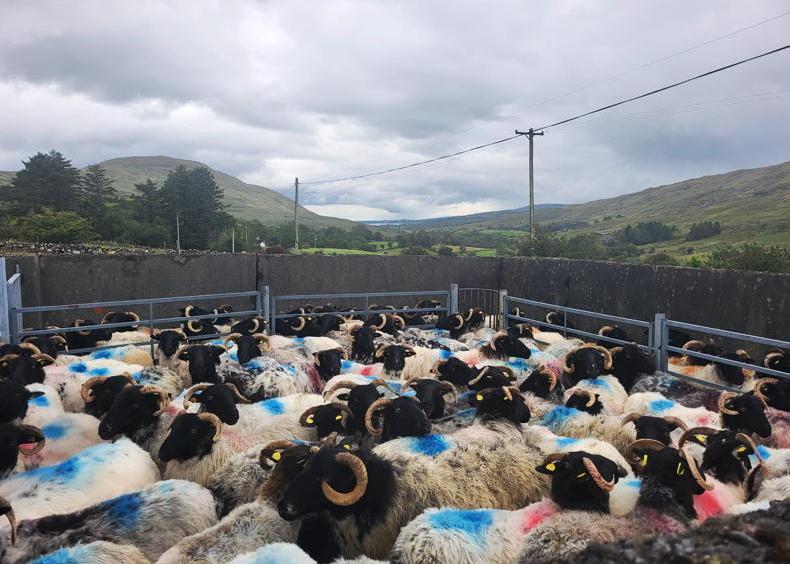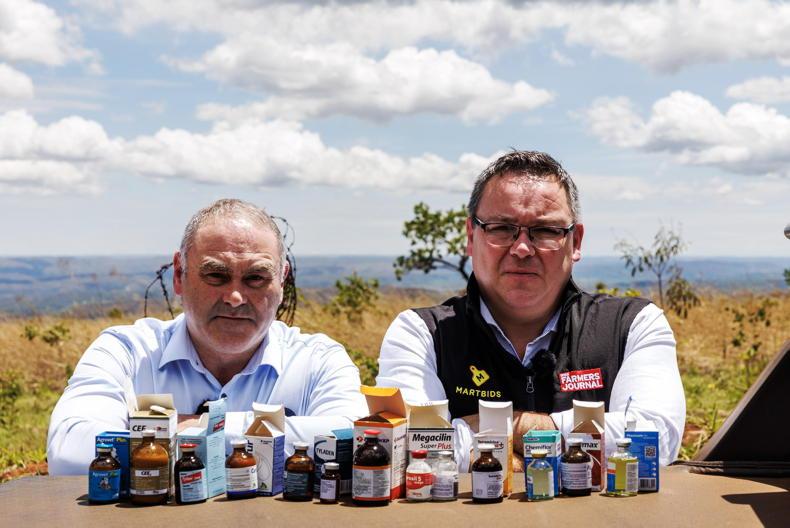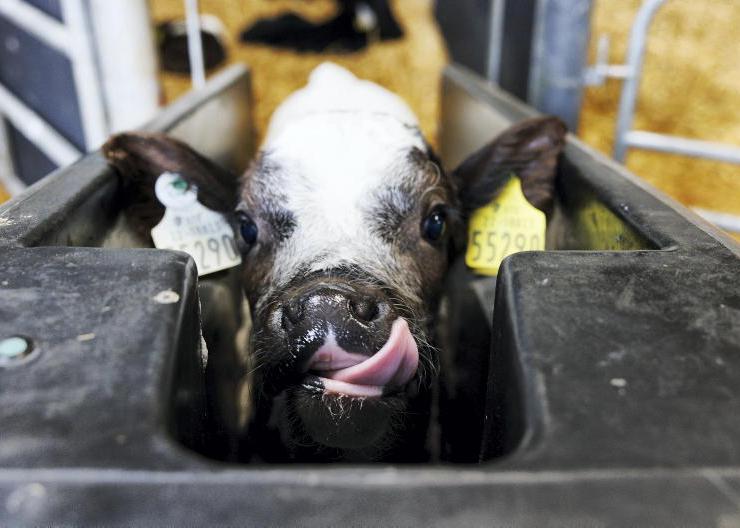Double-tissue tags could be available to livestock farmers this autumn.
These new tags have the potential to streamline the collection of tissue for BVD and genotype testing by taking both samples at tagging, with calves being tagged on both ears.
Seán Coughlan of the Irish Cattle Breeding Federation (ICBF) told a recent suckler farmer meeting in Ballina that the introduction of double-tissue tags for BVD and genotyping was under consideration.
The adoption of double-tissue tags was the subject of ongoing discussions between ICBF, the Department of Agriculture and meat processors, Coughlan said.
Speaking at an information event on the new Suckler Carbon Efficiency Programme (SCEP), the ICBF chief executive said the double-tissue tag initiative could be operational this autumn.
“The goal would be that farmers could buy the double-tissue tags in the autumn and use those for genotyping and BVD,” Coughlan explained.
The new tags offer the benefit of genotying calves at birth, instead of during the summer as is currently the case.
“I can’t guarantee tonight that we’re going to get there, but there are moves afoot involving the Department of Agriculture, ourselves and the meat processors to get things going at national level,” he maintained.
“Most farmers would like the facility of using double tissue tags and that’s what we’re working towards,” Coughlan told the Irish Farmers Journal after the meeting.
It is understood that the double-tissue tag initiative ties in with proposals outlined this week to genotype all calves from 2024.
It is understood that the Department will seek public finance to kickstart the programme, possibly through the Brexit Adjustment Reserve Fund.
It is expected that the cost to the farmer might be in the order of €2.50 to €3 per calf.
Between 60,000 and 70,000 calves have already been genotype tagged using the double-tag system as part of a pilot programme involving ICBF.










SHARING OPTIONS